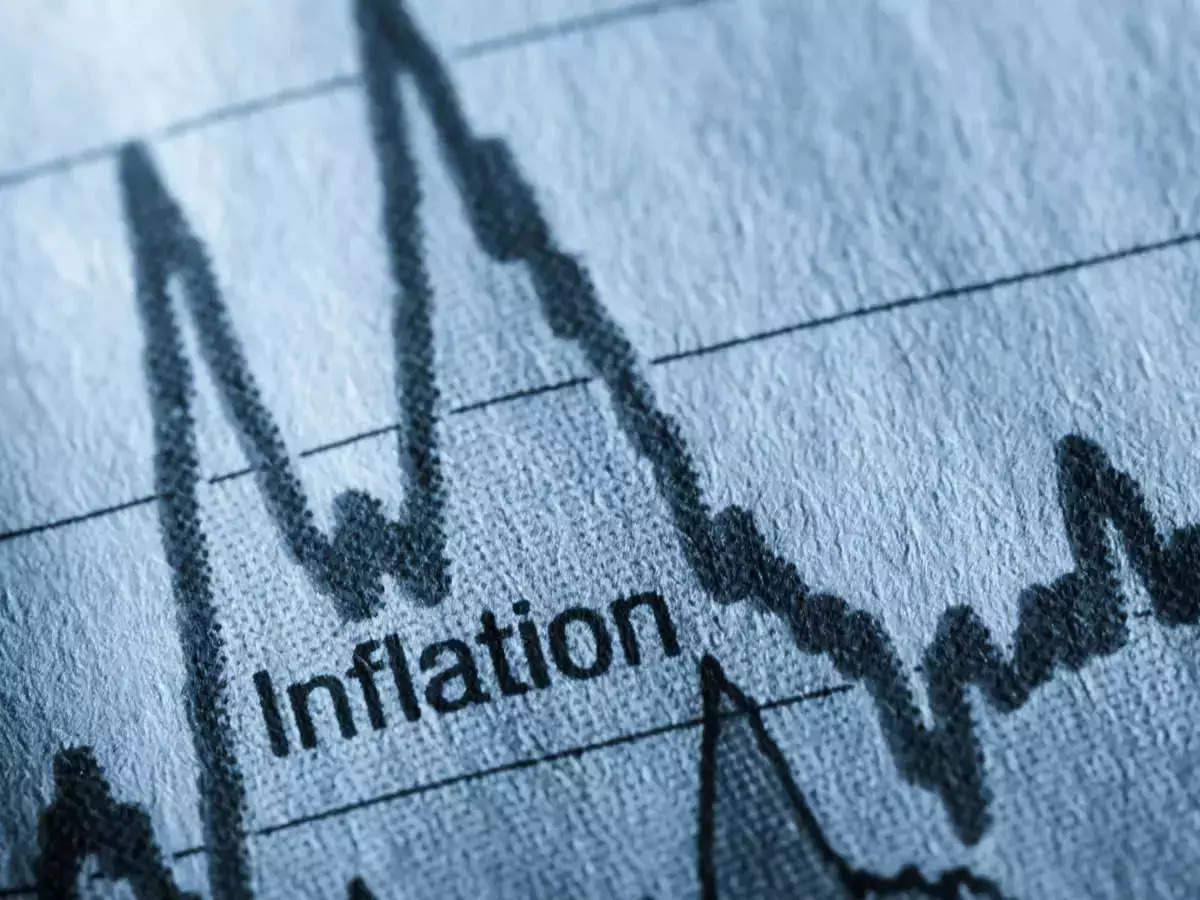WPI quickened considerably to 7.4 per cent in May from 5.5 per cent in April and 4.82 per cent in May 2023.
Primary articles inflation quickened to 7.2 per cent in May from 5.01 per cent in April.
Fuel and power inflation stayed muted at around 1.4 per cent in May.
Manufactured products’ inflation rate rose to 0.8 per cent in May after it contracted 0.4 per cent in April.
Rate of inflation in the food articles index stood at 9.82 per cent in May, up from 1.63 per cent in the same month a year ago.Wholesale vegetables prices increased 32.42 per cent in May 2024, after it contracted 20.5 per cent in the same month a year ago. Pulses’ prices increased 22 per cent, higher than the 5.8 per cent figure seen a year ago.Inflation in wholesale potato prices in May was 64 per cent, after it contracted 18.1 per cent last year.
A Reuters poll showed that WPI inflation for April was expected at 2.5 per cent.
The positive rate of inflation in May, 2024 is primarily due to increase in prices of food articles, manufacture of food products, crude petroleum & natural gas, mineral oils, other manufacturing etc, the press release said.
WPI had decreased by 3.48 per cent in May 2023. ICRA had earlier projected the WPI inflation reading to harden further to 2.0-3.0 per cent in May amid the widening of the unfavourable base for items like food and crude oil.
The government also released India’s retail inflation data which showed that it eased to a 12-month low in May at 4.75 per cent on an annual basis as against 4.83 per cent in the previous month.
The Reserve Bank of India increased the repo rate by 250 basis points to 6.5 per cent since May 2022 but has held them at the mark for eight consecutive meetings in a bid to combat inflation. This monetary policy tool typically reduces demand in the economy, helping to lower inflation.
The latest RBI monetary policy meeting minutes highlight persistent uncertainties around inflation, particularly from fluctuating food prices, which could impact the inflation outlook. These rising food prices are disrupting India’s current efforts to reduce inflation and pose challenges to achieving the 4 per cent medium-term target.


